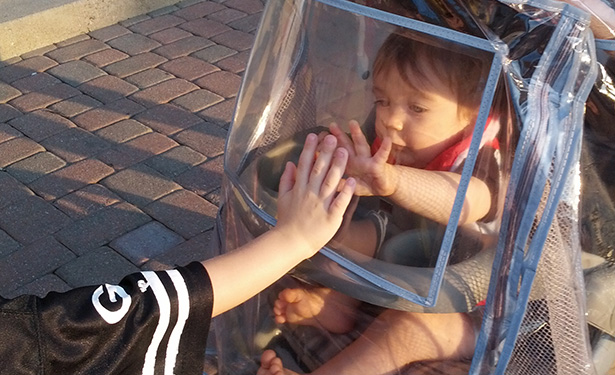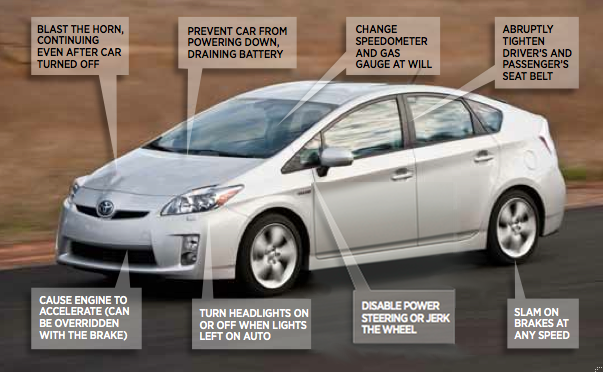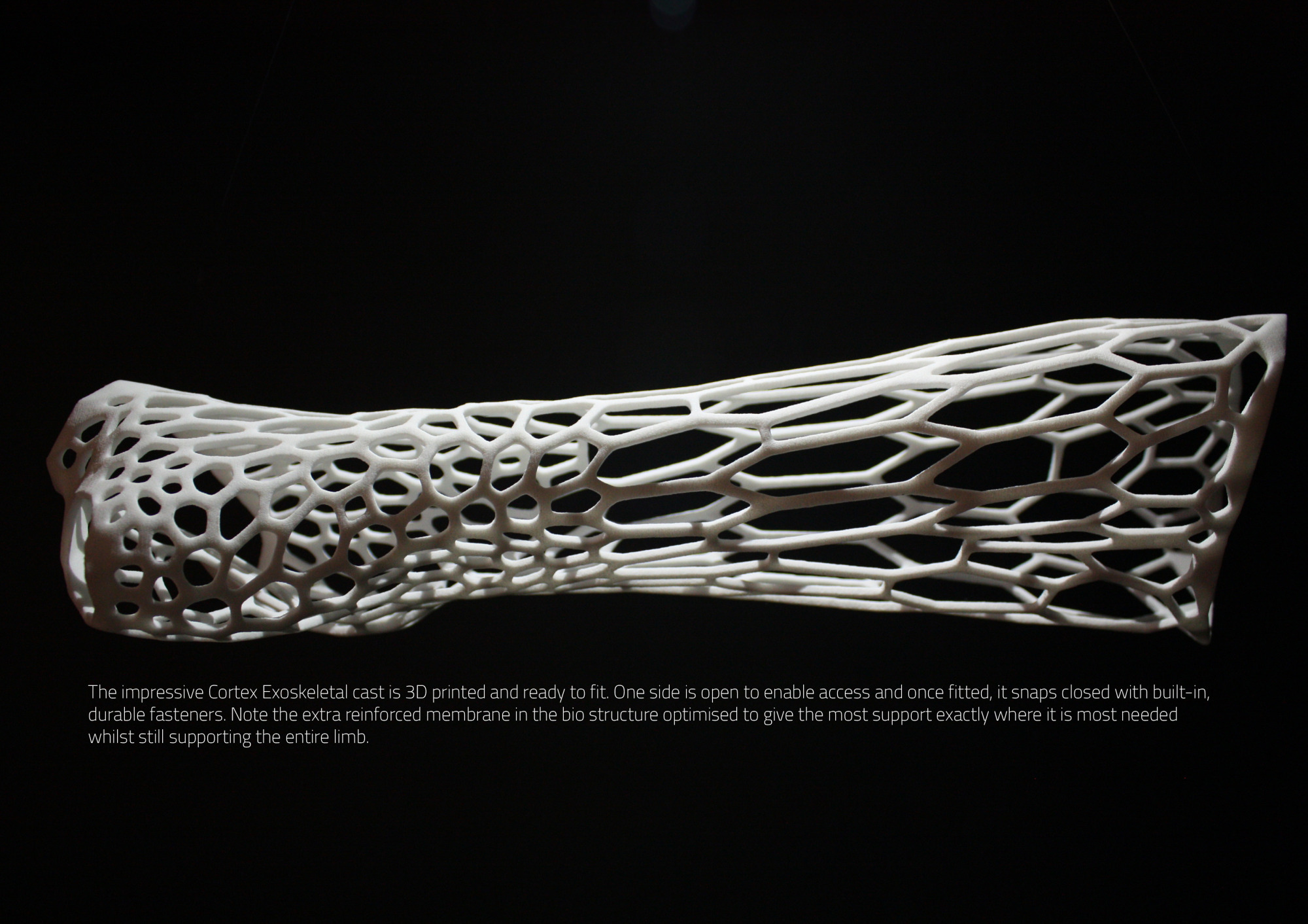I recently posted about Leonard Read’s “I, Pencil” and the religious context of Adam Smith’s “invisible hand.” The combination of the two provides a nice context for the following. Allow me to introduce an updated take on “I, Pencil” produced by the Institute for Faith, Work & Economics:
Technology
Cornered by fun
The other day Ben Kuchera wrote a really fascinating piece on Penny Arcade about free-to-play video games. He kept his focus fairly narrow but I think his thoughts inform a broader discussion ranging from ethical business practices to analysis paralysis, beyond that of just video games. Mr. Kuchera starts out by comparing free-to-play business models to amusement parks which charge per ride vs. those which charge a higher price for a single ticket but give customers unlimited rides once they’ve paid. He says “the reality is that I would probably pay less if I gave a few dollars for every ride, but then I’m stuck having to make that purchasing decision over and over.”
I was having a discussion with a coworker the other day about my strong distaste for most video games built on a free-to-play or microtransaction model, and as usual I tried to frame my opinion in logic, but I found it difficult to explain exactly why I so disliked a business model which allowed me to pay only as much as I wanted to for the enjoyment I was having. It seems to makes a lot of sense, right? Mr. Kuchera’s article was illustrative of how my negative feelings toward this business model are largely based on emotion, and how forcing people to make frequent, stress-heavy decisions about something as important as money, even if it’s just a dollar here or there, can turn an otherwise-fun experience into a decidedly un-fun spiral of indecision and doubt. While some games do free-to-play well, most do not, and they’re worse for it.
“Job Creation” Is Easy…And Sort Of Misses the Point
Nathaniel’s recent post on minimum wage touches on a couple of important–if not overlooked–points about the “job creation” debate: (1) innovation vs. job preservation and, implicitly, (2) wealth vs. jobs. If the goal is to create jobs for the sake of creating jobs, then the task is pretty straightforward.
As economist Steven Horwitz says above, “I would argue that creating jobs is easy; it’s the creation of wealth that’s hard.” The creation of wealth is intrinsically linked with innovation and the “creative destruction” it brings about. Even though many have partaken of what Scott Winship of the Brookings Institution calls “technophobia” (remember Jesse Jackson Jr.’s claim that the iPad was “eliminating thousands of American jobs” or the President’s concern that the ATM represented a “structural issue” in the American economy?), the fear is unjustified.
Arguing against technological progress because it “destroy jobs” ignores the mass benefits that will follow, including the rise in absolute standards of living. “In a free-market economy,” explains historian Thomas E. Woods,
businesses invest the vast bulk of their profits in capital goods that make labor more productive…[Different] kinds of machinery can multiply the efficiency of a single worker many times over, sometimes by orders of magnitude…This is how wealth is created: we can produce more with the same (or a lesser) amount of labor…As a result of capital investment, firms can now produce many, many times more goods than before, and at considerably lower cost. Thanks to the pressures of market competition, firms pass on these cost cuts to consumers in the form of lower prices, better quality merchandise, or a combination of both. The ordinary person’s standard of living increases…because business firms can invest in machinery that makes it possible for more and more goods to be produced with fewer and fewer hands, thereby increasing the overall amount of material goods available and rendering them less and less expensive.
A higher minimum wage will not help raise the poor out of poverty. It will simply eliminate jobs for low-wage workers (i.e. high school education and less).
But couldn’t one argue that technological advances eliminate low-wage jobs? Sure. But the difference is that minimum wage laws provide only a slight financial bump for some low-wage workers, while keeping others in the unemployment line. Innovation creates new jobs for low-wage workers, while raising the absolute standards of living for everyone (including the poor). When given these options, I would hope the choice is obvious.
How to Cure a Bubble Boy
This article from the Atlatnic has some of my favorite things: awesome technology (including using viruses to rewrite people’s DNA) and saving little kids from life-threatening disease. Definitely worth the read.
Water-producing Billboard
It’s like something right out of Dune.
I wonder how cost efficient and scalable this technology is…
GMail’s New Inbox: Close, But Not Quite There
For those of you who use GMail, you may have noticed that your inbox has been changed. (For those of you who don’t, this post might not really be as enthralling as my usual fare.) Up until yesterday, I’d been using multiple inboxes which is a feature in Google Labs that lets you sort of set up more than one view of your inbox and then you can send different emails into different views using filters. It’s nice if you’re managing a lot of different kinds of email in one location, but it’s definitely not a finished product. For example: it only really works if you have your browser in full-screen on a high-resolution monitor.
The new feature that Google rolled out could be so much better. What they did is create categories for email (Primary, Promotions, Social, Updates, and Forums) and automatically send your incoming mail to the different categories so that you don’t see everything in your inbox. Thus, all those Facebook emails you get every time someone mentions you in a comment get diverted to your Social category, most of your spam that isn’t quite spam gets sent to Promotions, and then Updates handles things like daily news from various websites and even shipping notices for shopping orders. That’s how mine has worked so far, and it’s a great feature.
But there’s the problem: you can’t create your own tabs. I’d love to have a tab for all the emails I get related to a non-profit I’m working with and another one for the consulting I sometimes do on the side. I can designate one of the category tabs I’m not really using (like Forums), but you can’t even rename it and that’s just a little too hacky for me.
So, this is a really cool innovation for my inbox, but I’m disappointed that Google hasn’t offered any additional flexibility with it.
Too bad.
Fear the Future: Car Hacking
Forbes has a rather alarming article about all the fun ways two researchers (funded by DARPA) have found to hack your car:
As I drove their vehicles for more than an hour, Miller and Valasek showed that they’ve reverse-engineered enough of the software of the Escape and the Toyota Prius (both the 2010 model) to demonstrate a range of nasty surprises: everything from annoyances like uncontrollably blasting the horn to serious hazards like slamming on the Prius’ brakes at high speeds. They sent commands from their laptops that killed power steering, spoofed the GPS and made pathological liars out of speedometers and odometers. Finally they directed me out to a country road, where Valasek showed that he could violently jerk the Prius’ steering at any speed, threatening to send us into a cornfield or a head-on collision. “Imagine you’re driving down a highway at 80 ,” Valasek says. “You’re going into the car next to you or into oncoming traffic. That’s going to be bad times.”
If I Break (Another) Bone, I Want CORTEX
Jake Evill has a pretty good point: the standard plaster cast is not exactly 21st century technology. As he puts it:
After many centuries of splints and cumbersome plaster casts that have been the itchy and smelly bane of millions of children, adults and the aged alike, the world over, we at last bring fracture support into the 21st century. The Cortex exoskeletal cast provides a highly technical and trauma zone localized support system that is fully ventilated, super light, shower friendly, hygienic, recyclable and stylish.
The concept is simple and fantastic: get a 3d scan of your arm (leg, whatever) and then print out a custom-fitted exoskeletal “cast” that gives support and protection without being smelly and gross and uncomfortable. Mashable has a video with more info, but I can’t figure out how to embed it so you’ll have to go there to watch it.
All I have to say is that this idea is so cool it almost makes me want to break my arm. Also: “Evill” is about the coolest last name possible.
Cool Tech and the Privacy Trap: Tile Edition
Tile is a really cool new device that has been getting some massive early funding and advertising.
Awesome, right? Attach one of these to your keys, to your remote, to your bike, to your laptop, to your child, to anything you’re worried about misplacing, losing, or having stolen.
In fact, one of the very coolest features is that when you can’t find something (they use the example of a stolen bike in the video) you can register the Tile corresponding to that item as lost and every other user of the application will immediately ping your phone with GPS coordinates of your lost Tile should they happen to venture within range. That’s really pretty amazingly awesome, if you’ve got an ecosystem of users dense enough for it to be practically useful, and the crucial network effects clearly demonstrate why they are pushing so hard with the advertising campaign.
But then there’s that funny bit about attaching one of these to a person, like your child. Or, you know, like your ex-girlfriend. Stick one on the bottom of her car, register the Tile as lost and Presto! you’ve turned the entire Tile ecosystem into your stalker allies. Thus we see, once more, the double-edged sword that is information technology. It lets you know a lot of stuff and the meaning of that phrase, it turns out, is highly ambiguous and context-dependent.
First Ever Footage of Live Oarfish in Deep Water
Oarfish are mysterious because, until now, they’ve only ever been observed near the surface of the water dead or dying, and not in their native, deep ocean habitat. There’s nothing really impressive about the dead specimens except their size (up to 30 feet long) and shape (weirdly flat).
But now there’s video of a live oarfish taking by a remotely operated vehicle. Alive and where they belong, these creatures a beautiful and amazing looking. Watch for yourself:
You can get more details from the story at GrindTV.com.





